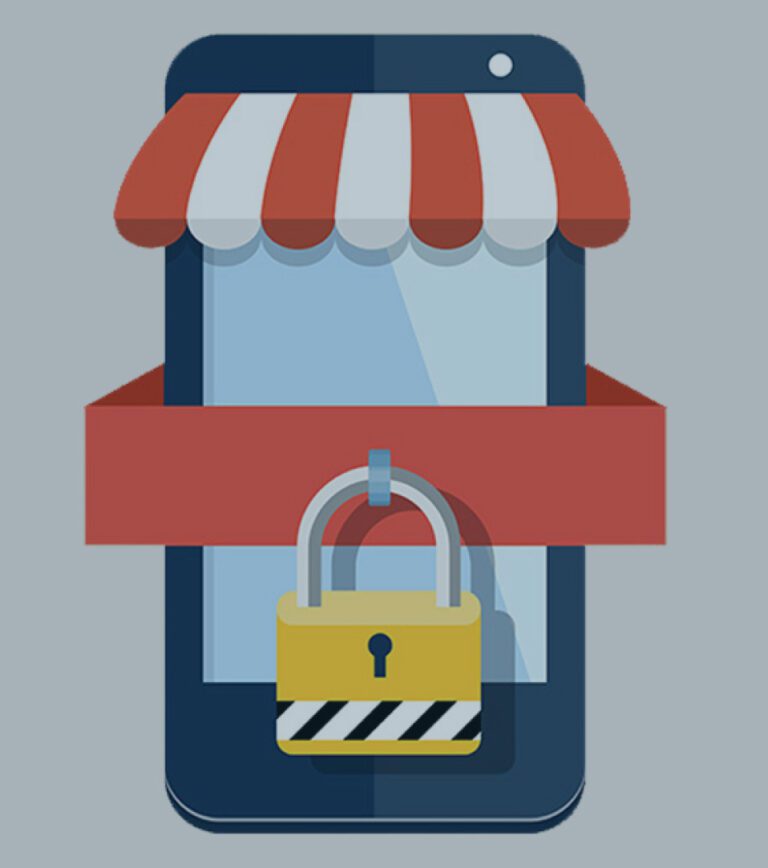Experiential selling involves serving as opposed to selling to customers. It creates a shopping experience that reflects the incomes and lifestyles of target customers; learning what their wants and needs are, in turn, can create a unique shopping experience that provides a strong and lasting competitive edge. Many factors go into creating an experiential selling environment and customer engagement, beginning the moment they step into a store. Let’s explore how to pick up on customer cues and utilize experiential selling techniques to close the sale and develop loyal customers.
We are all too familiar with hearing “I’m just looking” when customers come through the front door, but what are they saying when they tell us this? For most, it’s a reflex; they don’t even realize they are saying it! The key here is to make sure that you do not believe them! In today’s busy world, few people have the luxury of walking around a furniture store because they have nothing else to do. They are there for a reason—to solve a furniture problem, and it is your job to let them know that that is what you are there for.
How can you remove the chip and break down the wall? Treat them as you would a close friend and chat with them as you would with a friend, using an appropriate tone of voice to match their approach. You need to interact with the customer personally, which can be achieved through thoughtful small talk. When they enter your store, talk to them like a guest walking into your home, not a customer to be attacked. Treating them personally will help create rapport with your customers and help tear down the wall they have created. Sadly, many customers do not trust the intent of salespeople, meaning they believe that the salesperson is out to sell them rather than help them make the best buying decision. They hear the word “sell” when a salesperson says, “Can I help you?” and can be both angered and frustrated by the words.
Greet your customers warmly and sincerely and with a smile. A truly warm welcome can be disarming. A good greeting starts things off on the right foot and can build a strong foundation for the future. Be careful that you do not attack at the front door. Give them a minute to adapt to their surroundings so your space becomes theirs. Their defenses come down. If they’ve been furniture
shopping all day, chances are they’ve been pounced on. Make their experience with you different.
So, what are the elements of a good greeting? It is proven that people buy more when they feel a sense of trust, and trust is best established in a retail setting by engaging customers in conversation. It can be as simple as
“How are you?” or a compliment on something they are wearing, or even a comment on the weather. Conversations like these can help you start building rapport. Just be sure to read your customer, and if they prefer small talk, get to the point quickly. Regardless, small talk should always have open-ended questions. For customers you do not recognize, opening statements could look like:
-A comment about the weather
-How is your day going so far?
-Pay them a compliment
And for customers you do know or recognize, it could look like:
-(With a smile) What brings you to see us again?
-It’s great to see you back! How’ve you been?
-How did you enjoy your weekend/holiday/etc.
Once you’ve disarmed your customer with a warm smile and small talk, it’s time to understand them by discovering their wants and needs and then try to ensure you fulfill them. Ask what brings them in, and then LISTEN. Your customer has needs that are spoken and unspoken. Listen to their words, observe their body language, and listen to their tone to understand what is not being said.
And yes, you still may be met with “I just want to browse,” but that does not mean your work is done, and you should step away! Instead, you may want to say, “You want to browse? Please, by all means. Make yourself at home. You need to do that!” Your customer won’t be expecting that response from you and instead will start to relax and feel comfortable in your store. Just be sure to let them know you will catch up with them later to see if they have any questions so that you can maintain control of the selling process and let the customer know they will be remembered.
If you leave your customer to browse, how the “re-approach” is handled is very important. Most importantly, always know when it is your turn to be “up.” Get out from behind the counter/desk/wherever you are while waiting for a customer to come in “before” they come in, and do not go back there while they are still in the store if they told you they are just looking. Once you have given them some time to browse, walk the store to catch up with them, and whatever you do, DO NOT approach them from the back or side. Approach them from the front! Head on – face to face. Be sure you can look them in the eye. It’s a more polite way to address your customers; you won’t risk startling them. And PLEASE don’t re-approach them while they are in motion. It’s best to wait until you see them stopping long enough at an item/vignette where it might appear they have a question, or perhaps you have some information you can provide about the products they have stopped to look at that would be of value to them.
When re-approaching customers on the sales floor, you must watch what they are doing while waiting for signs of needing help without looking like you are stalking. How do you do that? Simply put, you want to look busy! Have you ever noticed how customers gravitate to people hanging pictures or making sales tickets on the floor? Customers perceive busy people as people who have the answers! Instead of walking around with a clipboard looking like an order-taker, get out there and walk around with fabrics on your arm, fluff pillows, maybe find a spot on the floor where you can work on floor plans or other work, anything that makes you look busy, i.e., professional. At some point, your customer will have a question and feel more relaxed asking someone who appears to be there for them, ready to solve their problems, rather than sell them.
Once you have mastered the art of greeting your customer, you should have built a base of trust and rapport to help you navigate the next steps of the experiential selling process. And more importantly, you have created a shopping experience that builds lifelong customer relationships. Getting to know your customers is the key to building loyal customer relationships.
Learn more SALES TRAINING TECHNIQUES from the Home Furnishings Association.













